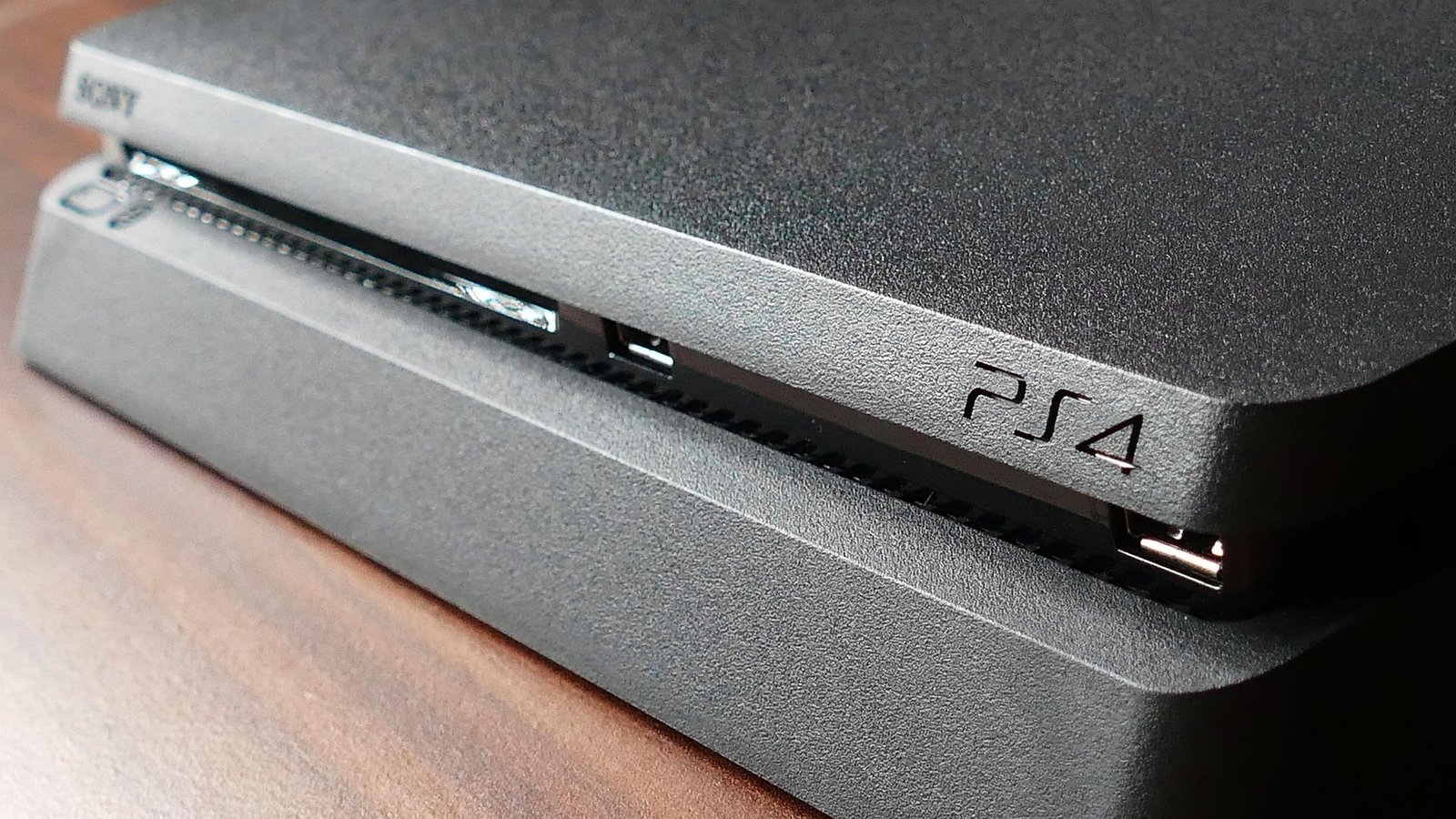
The Benefits of a PS4 SSD Upgrade in 2025
The PlayStation 4 may be a last-generation console, but a surprising number of players still use it every day, and why not? It runs the
There's currently a 5 business day wait on new orders - The Team
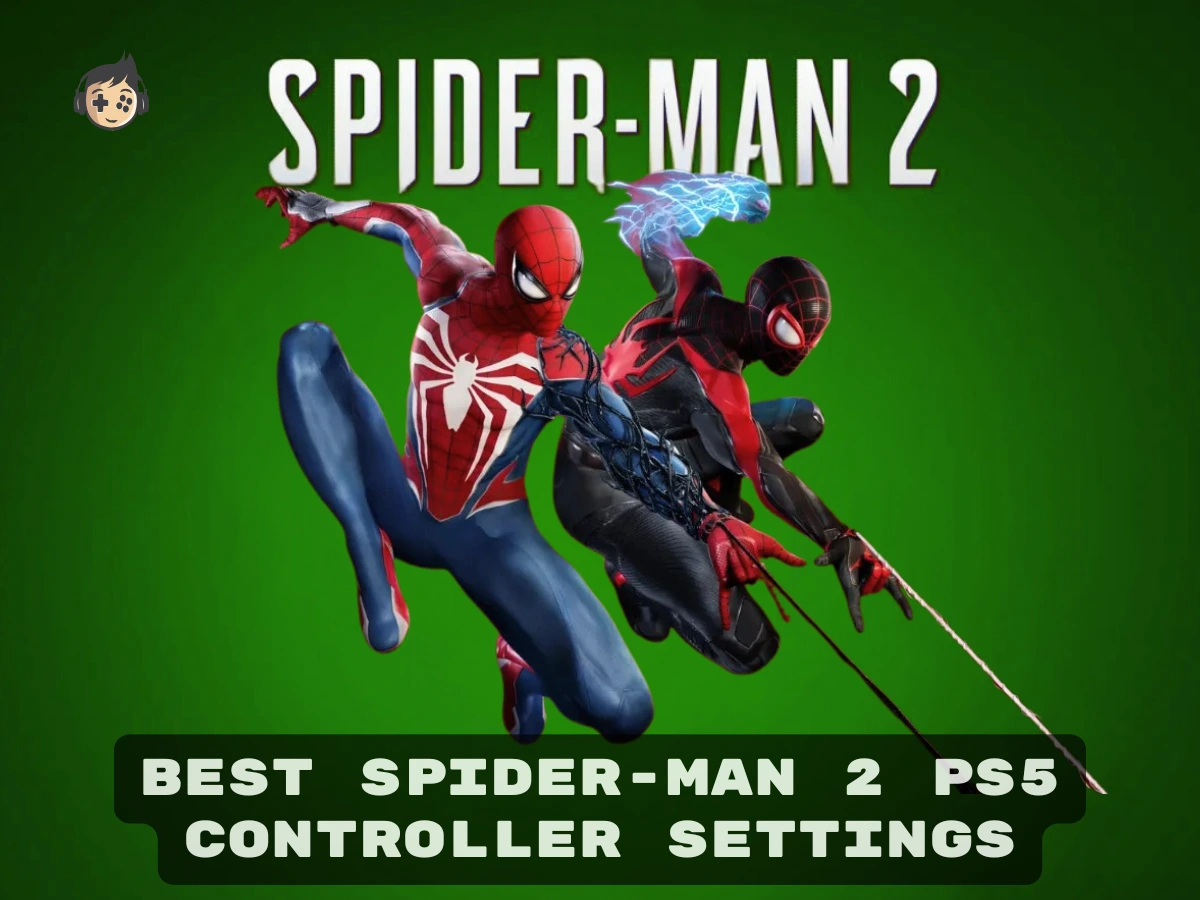
Optimal PS5 controller settings for Spider-Man 2 include Camera Sensitivity at 5, Adaptive Trigger Intensity on Medium, and Vibration Intensity on Low or Off. Combined with custom button remapping and traversal tweaks for smoother combat, faster web-slinging, and greater accessibility, these settings improve comfort, responsiveness, and immersion while reducing input fatigue during extended play.
Because Spider-Man 2 demands quick directional input, responsive camera control, and frequent use of action triggers, optimising these settings provides a gameplay advantage. Higher camera sensitivity allows smoother target tracking, while medium adaptive trigger feedback maintains immersion without hindering input speed. Lowering vibration minimises distractions, improving timing and focus.
Further adjustments, such as traversal sensitivity for tighter movement and remapping buttons for quicker access to key actions like dodging or web shooting, boost control accuracy and reduce strain. Using a custom PS5 controller with programmable paddles, adjustable triggers, and ergonomic design adds even more flexibility and precision.
Whether playing casually or competitively, tailoring your setup with the right controller ensures Spider-Man’s controls feel natural, fluid, and ready for any challenge.
The best default settings to begin with in Spider-Man 2 include enabling Motion Blur at Off, keeping Camera Follow Speed on Default, and using Trigger Effect Intensity on Medium. These settings improve clarity, maintain camera stability, and preserve responsive trigger feedback. Each one plays a key role in shaping traversal, combat feel, and visual comfort. As a starting point, they help establish smoother gameplay flow before players move on to refine sensitivity, vibration, and control layout in more detail.
To adjust camera sensitivity in Spider-Man 2, navigate to Settings > Camera via the pause menu or main settings screen. These settings shape how quickly the camera reacts during combat and traversal, affecting both precision and player comfort. Tuning them correctly ensures better spatial awareness, especially during high-speed swinging and combat.
Use the following values as a reliable baseline:
Revisit these values periodically as gameplay pace changes or personal preferences evolve.
To manage trigger responsiveness in Spider-Man 2, navigate to Settings > Controller > Trigger Effect Intensity and choose Medium for a balance between feedback and input speed. Enabling this setting activates adaptive triggers for web-swinging, which simulate tension and add resistance when pressing L2 or R2 during mid-air traversal. This realism enhances immersion by mimicking web strain but may feel too stiff in fast or repetitive sequences.
Unless you adjust the settings manually, by lowering them to Medium, Weak, or turning them Off, the game defaults to full-strength adaptive triggers, which replicate Sony’s standard configuration. For most players, Medium provides a more comfortable and responsive experience while still retaining the immersive feel of swinging through the city.
In Spider-Man 2, vibration feedback helps simulate tension, movement, and impact through the controller. These settings can be found under Settings > Controls > Vibration. Players can choose between two primary modes called Functional and Experiential. Functional mode offers strong, action-specific cues that highlight swings, punches, and landings, while Experiential mode provides softer and less fatiguing vibration, tuned for overall immersion and long-duration comfort.
Vibration Modes and Intensity Levels:
| Mode | Intensity Level | Purpose |
| Functional | 4 to 6 | Emphasises gameplay feedback during combat and traversal. |
| Experiential | 8 | Maintains immersion with soft, continuous vibration for comfort. |
For most players, Experiential mode paired with targeted vibration suppression during high-frequency actions offers a better balance between immersion and usability.
Some additional vibration settings that enhance the gameplay are:
This configuration retains immersive feedback while minimising distraction and hand fatigue during extended gameplay.
Effective adjustments for Spider-Man 2 involve increasing combat sensitivity, fine-tuning swing control responsiveness, and enabling camera assistance for traversal and web-slinging. These modifications improve reaction time during fights, allow smoother movement through tight spaces, and enhance visual tracking when navigating at high speed. Whether you are engaging multiple enemies or swinging through dense cityscapes, refining these Spider-Man-specific settings helps the controller feel more connected to your actions, resulting in more fluid and responsive gameplay.
Combat in Spider-Man 2 is fast and reactive, requiring tuned input sensitivity, button layout, and real-time technique execution. By adjusting timing windows, control schemes, and movement assists, players can improve precision and response speed during enemy encounters. Go to Settings > Game to access and adjust these in-game combat settings:
Once the combat settings are tuned for responsiveness and flow, technique execution becomes more efficient. The following control actions and combos enhance moment-to-moment gameplay by enabling faster reactions and smoother transitions during battle. Below are some combat technique enhancements that help you execute seamless combat moves with your friendly neighbourhood hero:
These refined techniques pair with responsive settings to support fluid, high-impact combat across all difficulty levels.
To maintain fluid, high-speed movement in Spider-Man 2, fine-tune traversal settings that affect swing responsiveness, camera tracking, and directional stability. These adjustments improve momentum, give you tighter control over mid-air steering, and make navigating dense environments more consistent. Access these options under Settings > Game > Swing Assists and Settings > Camera to align traversal behaviour with your pace and comfort.
Below are some recommended traversal settings to consider:
These settings work together to deliver precise, stable, and uninterrupted traversal that supports both fast-paced web-swinging and tight directional control through complex urban terrain.
Web-slinging is at the heart of movement in Spider-Man 2, combining timing, momentum, and camera tracking into a single fluid system. Mastery depends not only on precise inputs but also on comfort and rhythm. Using the default PS5 layout, players can chain swings, launches, and glides to maintain speed and navigate the environment with style and control.
Web-Slinging Controls (Default PS5 Layout):
| Action | Button |
| Web-Swing | R2 (Hold) |
| Web-Zip (Quick Burst) | X (Tap) |
| Point Launch | L2 + R2 → X (at peak glow) |
| Web Wings (Glide) | Triangle (Hold in air) |
| Air Dash | Circle (while gliding) |
| Dismount / Jump | X (while swinging) |
| Dive | L3 (while gliding or falling) |
| Wall Run / Climb | R2 (Hold against the wall) |
| Zip to Point | L2 + R2 |
Once you’ve mastered the basics, applying the right techniques can elevate your traversal from functional to cinematic. Here are key movement strategies and setting tweaks that unlock Spider-Man’s full swing potential.
Spider-Man 2 supports a range of accessibility options, including button remapping, vibration control, and sensitivity adjustments to help players customise inputs for comfort, precision, and mobility support. These features are especially useful for reducing finger fatigue, simplifying complex actions, and improving responsiveness during traversal or combat. Whether adjusting trigger pressure, enabling toggles, or modifying visual cues, players can personalise the control scheme to fit their physical needs and gameplay style.
Spider-Man 2 allows players to fully remap controller inputs to improve accessibility, reduce hand fatigue, and align controls with personal comfort or mobility needs. To enable remapping, go to Settings > Accessibility > Button Assignments, and then activate Custom Button Assignments. From there, you can either modify the default layout or build a completely custom setup based on gameplay preferences. These changes affect both traversal and combat inputs, giving players full control over how they interact with the game.
The game also includes a few preset layouts, such as Default, Southpaw, and Simplified, but players using custom PS5 controllers (like those with paddles or adaptive triggers) benefit most from building a layout tailored to specific mechanics, like parries, web-strikes, or gadget use.
Recommended Custom Layout Adjustments:
Once your custom layout is created, test it across different gameplay sections, including boss fights, chase missions, and extended swing sequences. Small adjustments can make a big impact on timing, fluidity, and long-term comfort.
Whether you are playing with limited mobility, aiming to reduce physical fatigue, or simply prefer a more streamlined experience, Spider-Man 2 offers numerous accessibility settings to help you play comfortably. These options support longer sessions, simplify demanding input sequences, and adapt core mechanics for a wide range of players. All of the following adjustments are available under Settings > Accessibility, unless otherwise noted.
Recommended Accessibility Adjustments:
Set to Weak or Off to lower resistance when pressing L2 and R2, especially useful during frequent swinging and combat.
Activate the toggle option to glide without holding Triangle, reducing sustained finger pressure mid-air.
Turn on swing assist to reduce the timing precision required for chaining web swings and zips.
Set Camera Shake to Low or Off for better screen stability and reduced visual strain.
Turn on Enhanced Cues and High Contrast Mode to highlight interactable objects, enemies, and important prompts (e.g., Miles = blue, Peter = red, enemies = yellow).
Turn ON the QTE Autocomplete to automatically complete button prompts during scripted scenes
Change the Hold to Interact settings to Hold to eliminate repetitive tapping during actions like escaping webs or opening doors.
Enable background shading to Medium or Dark for better readability, and customise font size for visibility.
To gain a competitive edge in Spider-Man 2, adjust camera sensitivity, trigger responsiveness, and performance-focused display settings for faster reaction time and smoother input handling. These changes are especially useful in high-pressure scenarios like boss battles, stealth takedowns, or timed traversal segments.
In Spider-Man 2, adjusting sensitivity and performance-related settings helps improve combat responsiveness, directional accuracy, and real-time decision-making. Whether you are reacting to enemy counters, chasing a fleeing target, or executing a perfect aerial combo, high-sensitivity tuning allows you to respond without delay and maintain full control under pressure.
Recommended Sensitivity Settings for Spider-Man 2:
Allows faster manual viewpoint control for mid-combat adjustments or targeting mid-air enemies.
Enables faster precision with gadgets and ranged attacks in close-quarters combat
Prioritises high frame rate over visual fidelity, reducing input lag for smoother reactions.
Removes camera drag during fast movements, improving visual clarity while swinging or dodging.
Helps maintain better visibility and focus during traversal at high speeds.
Prevents auto-camera shifts during mission navigation, preserving manual view control.
Keeps camera focused on fast-moving enemies during pursuit, eliminating manual re-centring.
Set Invert Look Control to Off for a standard camera orientation during traversal and aiming. Set Invert Web Wings Control to Y-Axis to match natural flight controls, ensuring upward input results in upward motion and reducing disorientation during fast aerial gliding.
These high-sensitivity settings reduce mechanical delay and give experienced players the responsiveness needed for tight execution, fast decision-making, and precision combat flow.
Reducing latency in Spider-Man 2 is key to achieving faster reaction times and more responsive input, especially during high-pressure sequences. Trigger resistance and display performance can be fine-tuned to minimise delay and improve real-time control during traversal and combat.
Recommended Latency and Trigger Settings for Spider-Man 2:
Boosts frame rate to reduce input lag and support smoother combat animations.
Improves system performance and prioritises speed over visual fidelity.
Set to Medium or Weak for faster web-swinging and lighter resistance during combat.
Preserves impact feedback while reducing excessive vibration that may disrupt timing.
Eliminates wireless input delay for real-time control, ideal for competitive environments.
Minimises processing load to ensure system resources are fully dedicated to gameplay.
Custom PS5 controllers can significantly improve your Spider-Man 2 gameplay by offering personalised comfort and control. Features like adjustable trigger sensitivity, custom button mappings, and paddles reduce input delay and provide a more responsive experience during high-speed combat and web-slinging.
With Custom PS5 controllers from The Controller People, you can adjust button layouts, trigger resistance, and even add ergonomic grips for added comfort. These customisations help reduce hand fatigue and improve precision, ensuring a more responsive and immersive Spider-Man experience. The Controller People creates controllers designed for performance, allowing you to stay agile and in control during intense gameplay.

The PlayStation 4 may be a last-generation console, but a surprising number of players still use it every day, and why not? It runs the
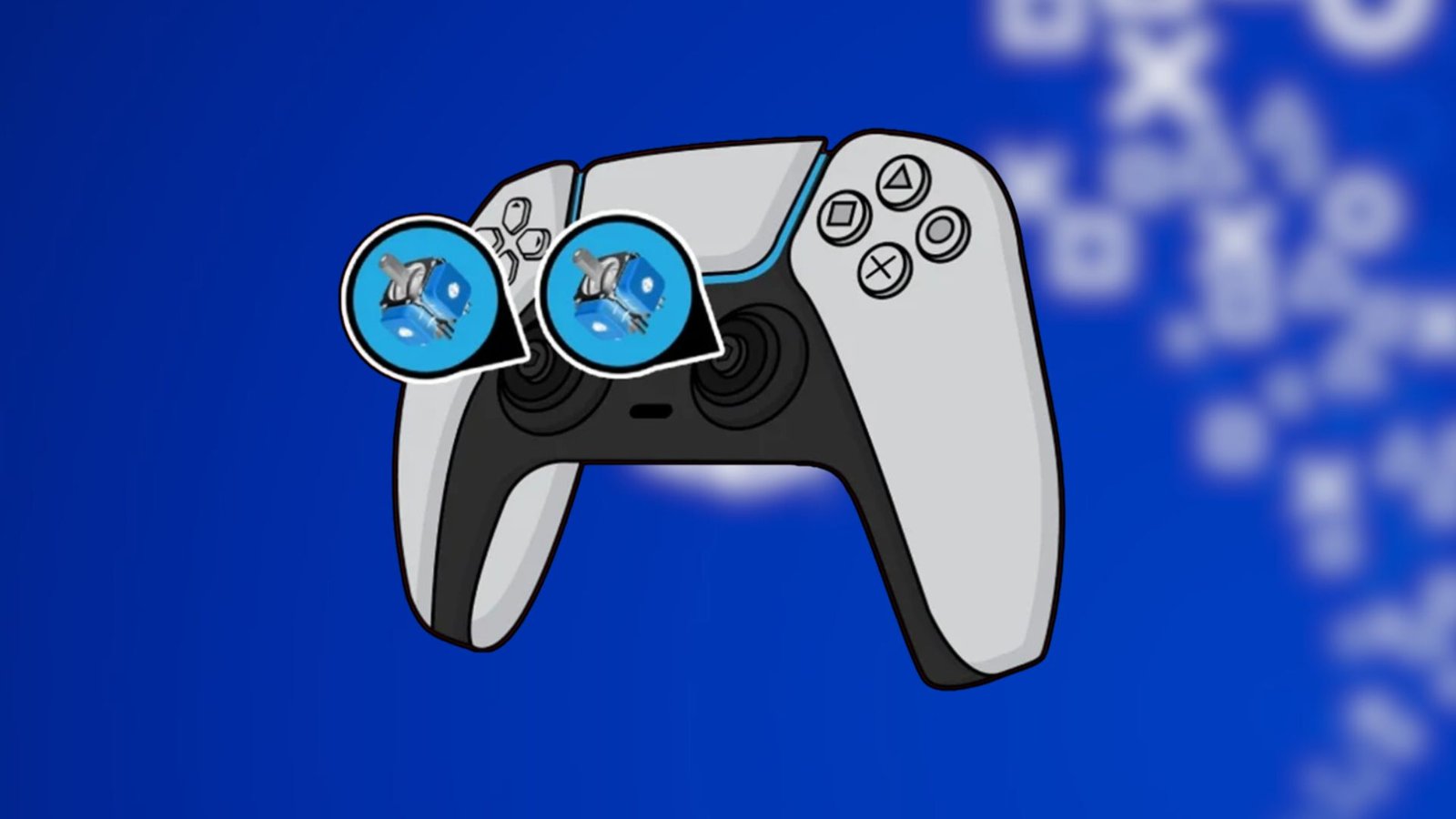
“Hall Effect vs TMR” is a common debate, as these two analogues have become the two leading magnetic-sensor systems in custom and high-end controllers. Both
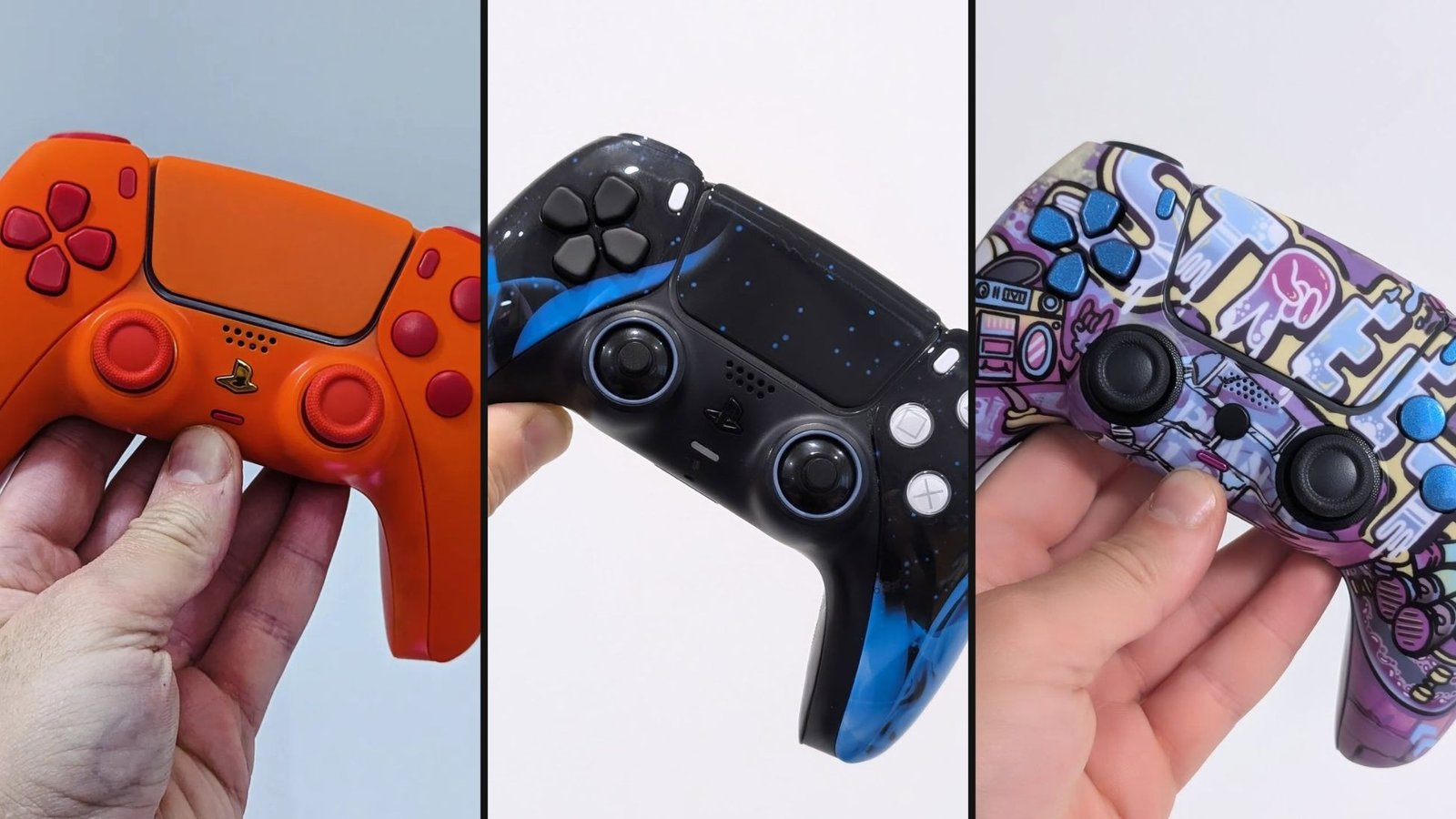
If you’ve ever held a controller and thought, “Why does the left stick feel different from yesterday?” you’re not imagining it. Controller analog sticks might
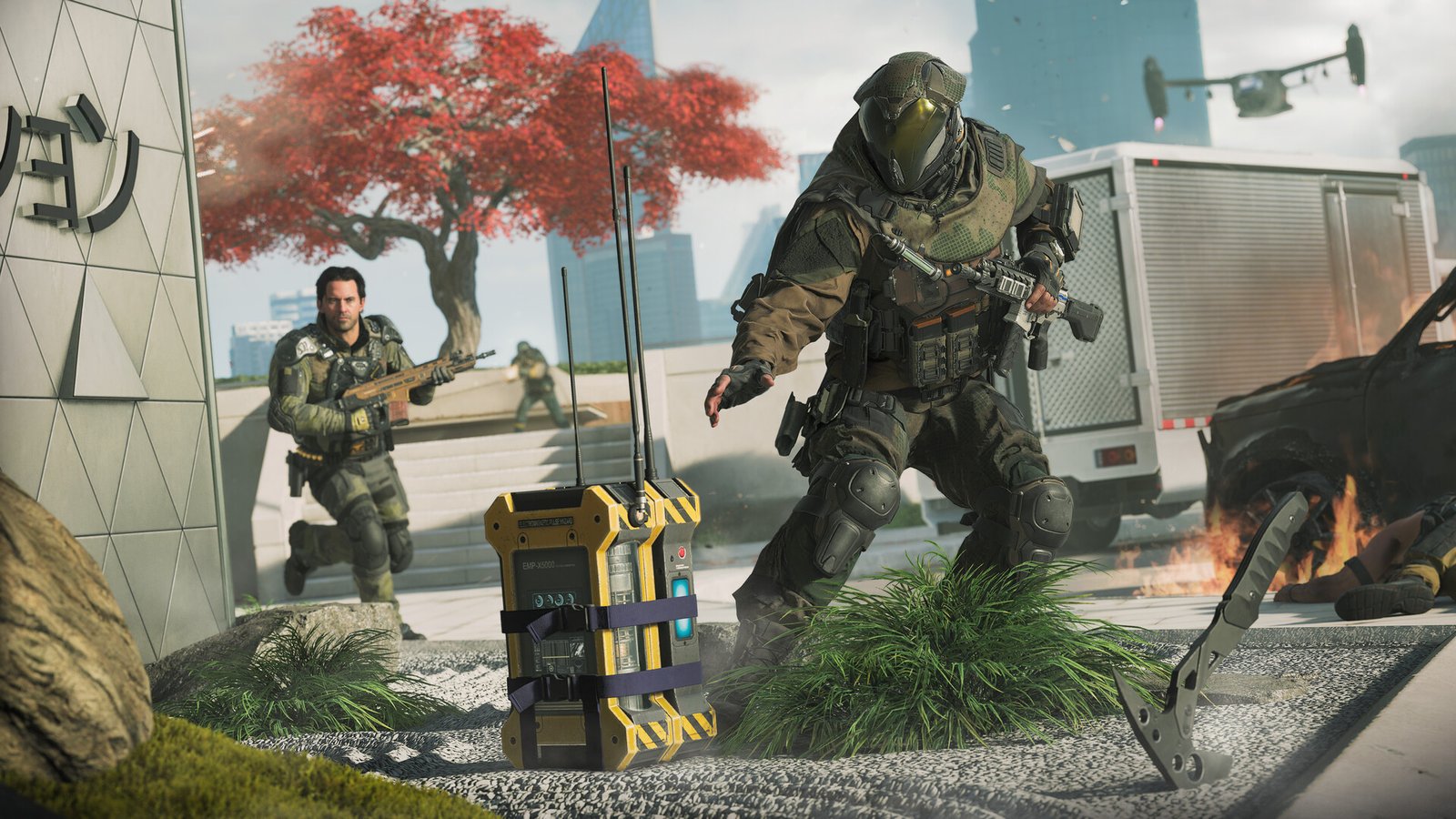
Call of Duty: Black Ops 7 pushes reaction time, centering, and close-quarters precision perhaps the hardest than any other recent entry in the series. The
Will get back to you pretty quick!
1 Comment
Hi! I know this is somewhat off topic but I was wondering if you knew where I could get a captcha plugin for my comment form? I’m using the same blog platform as yours and I’m having problems finding one? Thanks a lot!